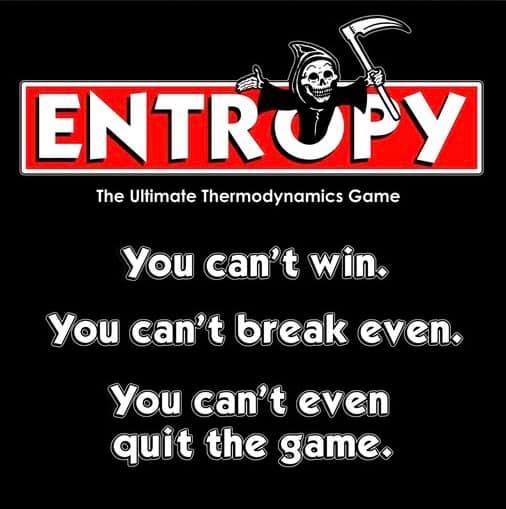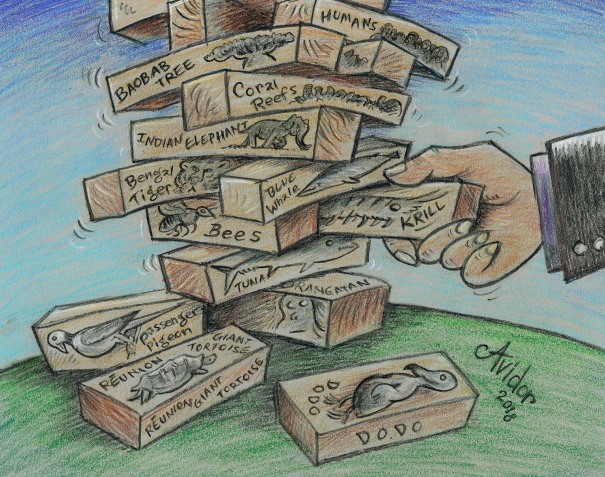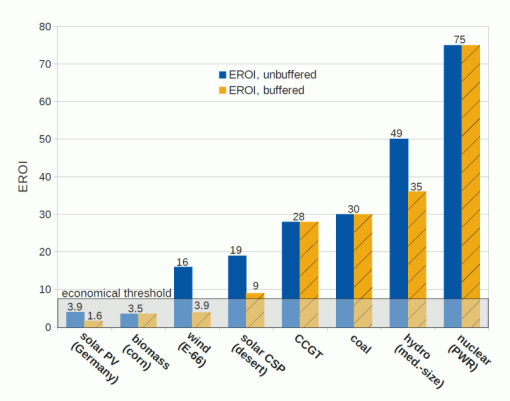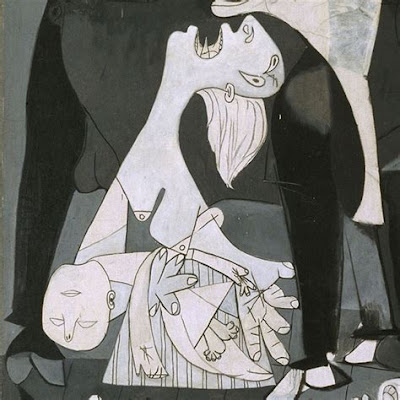The August 2020 episode of Nature Bats Last featured an excellent discussion with Dr Sid Smith, the episode is embedded here:
Dr Smith is former co-chair and current secretary of the Green Party of Virginia. He holds a Ph.D. in mathematics, and he is a writer and small-business owner in central Virginia. His website can be found at bsidneysmith.com .
Both of Dr Smith’s You Tube presentations are embedded below.
We discussed Dr Smith’s essay titled “ Socialism and the Green Party”, in it he wrote:
“ The value to the economy of a barrel of oil is an amount that is equivalent to 11 years of human labour. Supposing a minimum wage of $15 per hour that is more than $330,000 worth of work.” I think that observation exposes our addiction clearly.
Central to the discussion we talked about the melt down of 450 nuclear power stations and 1300 spent fuel pool fires and the possibility of our psychopathic owners using a nuclear winter to cool down the planet, I’ve covered that aspect of our predicament here. The Inevitability of Nuclear War and Subsequent Nuclear Winter

The comparison of our predicament to the game “Jenga” was made, I have written previously about that observation. Abrupt Climate Change and Extinction ‘Jenga’. The very last ‘game’ on Earth.

Jenga Art credit Ken Avidor
I mentioned our interview with Arthur Keller and his contention that collapse is the only realistic conclusion, that discussion and Arthur’s incredible You Tube presentation are embedded below.
Collapse, the Only Realistic Scenario:
Further reference for Alice Friedmann who blogs at Peak Energy & Resources, Climate Change, and the Preservation of Knowledge








